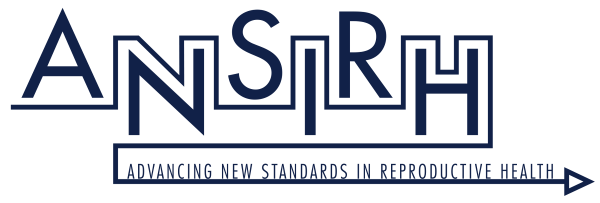This editorial was written by Diana Greene Foster, PhD, and originally published in AJPH.
Four years ago, the Journal published our findings on the socioeconomic consequences of receiving versus being denied a wanted abortion in the United States based on the Turnaway Study. The article focused on the economic outcomes of almost 1000 women who presented for care on either side of the gestational limit of 30 abortion facilities across the country. Since publication, we looked to verify the findings based on self-reported data using data from credit agencies. Archived records of overdue and outstanding debt, available credit, and public records of evictions and foreclosures for these same women were published in the American Economic Journal: Economic Policy in 2022. What these credit agency data show is that the women who received and those who were denied an abortion were economically similar for years before they became pregnant and that the negative consequences of being denied an abortion persisted for years after. It is not just the pregnant person who experiences increased hardships. Data from the interviews with women have also revealed that the economic hardships redound to children—those born from the unwanted pregnancy as well as older children. These four articles—self-reported data published in the Journal, credit data published in an economics journal, and children’s outcomes in pediatrics journals —demonstrate that being denied a wanted abortion is associated with a large increase in financial hardship.
Consequences of the End of Roe
These findings of the association between carrying an unwanted pregnancy to term and poverty are about to become even more relevant. With the recent Supreme Court decision in Dobbs v. Jackson Women’s Health Organization, which overturned Roe v. Wade, the 1973 decision that asserted a federal right to abortion, states may now impose new restrictions on abortion. About half of the US states are anticipated to institute nearly entire abortion bans. In these states, people who are unable to get an abortion because the procedure is banned and their children will experience these economic hardships we have documented. What is not known is who will carry unwanted pregnancies to term and who will find a way to circumvent their state’s laws and get an abortion anyway.
With new restrictions, the economic story is about to become more complicated. Those with the most resources—money, a car, childcare, and ability to take time off from work—may travel hundreds of miles to find legal services in another state. Others, with a different set of required resources—Internet access, knowledge of sites such as PlanC pills, a credit card, and an address—will order medication abortion pills online. But those without resources and information will be at greatest risk for the worst health and economic outcomes—attempting less safe methods of inducing an abortion and carrying an unwanted pregnancy to term. The evidence that not being able to get an abortion leads to greater poverty and a worsening of physical health outcomes means that we are about to see a deepening of existing inequalities. Poverty and poor health make it more likely that one will be denied an abortion. Being denied an abortion leads to yet greater poverty and health risks.
Role of Public Health Researchers Going Forward
In the coming years, it is critical that the public health community act to mitigate the harms of further restrictions to health care. We will need to know who is most at risk for attempting dangerous methods of inducing abortion and who forgoes treatment of spontaneous and induced abortion complications for fear of legal repercussions. Identifying successful harm reduction strategies will be key as we gather the data to support public health evidence-based reproductive health policies.
